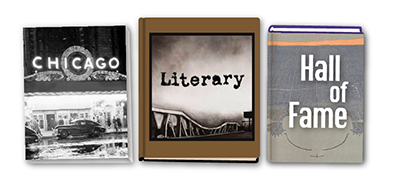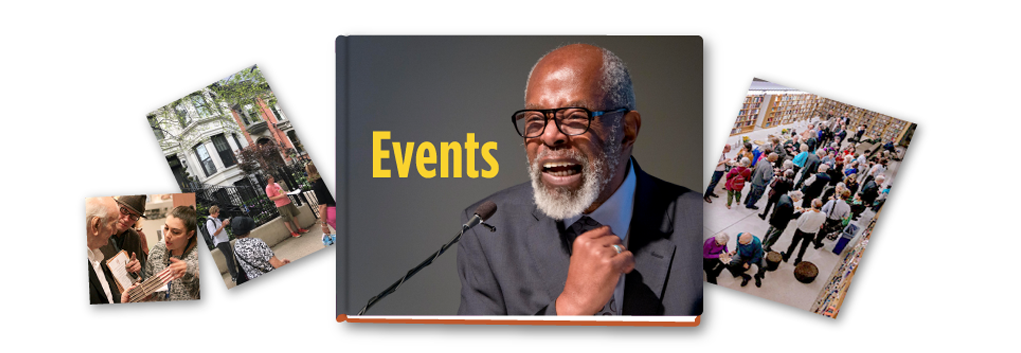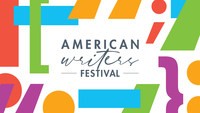
Worlds and Words of Chicago: Immigrant Stories (Part of the American Writers Festival)
Sunday, May 19, 2024
12:45 p.m.
Harold Washington Library Center
400 S. State Street
Chicago, IL 60605
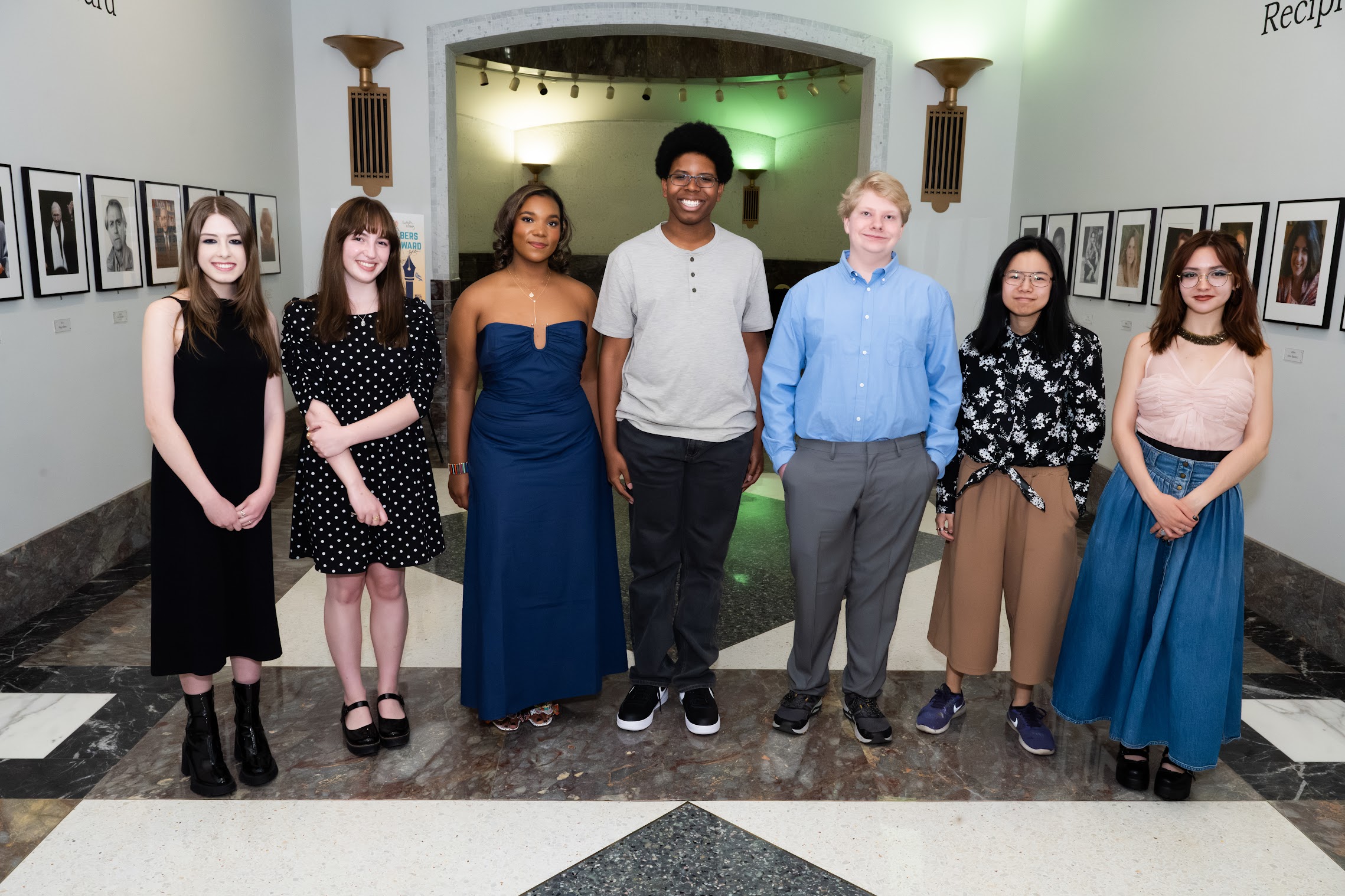
2024 Randall Albers Young Writers Award Ceremony & Open Mic
Saturday, May 11, 2024
2:00PM
Harold Washington Library Center
400 S. State Street
Reception Hall (lower level)
Chicago, IL
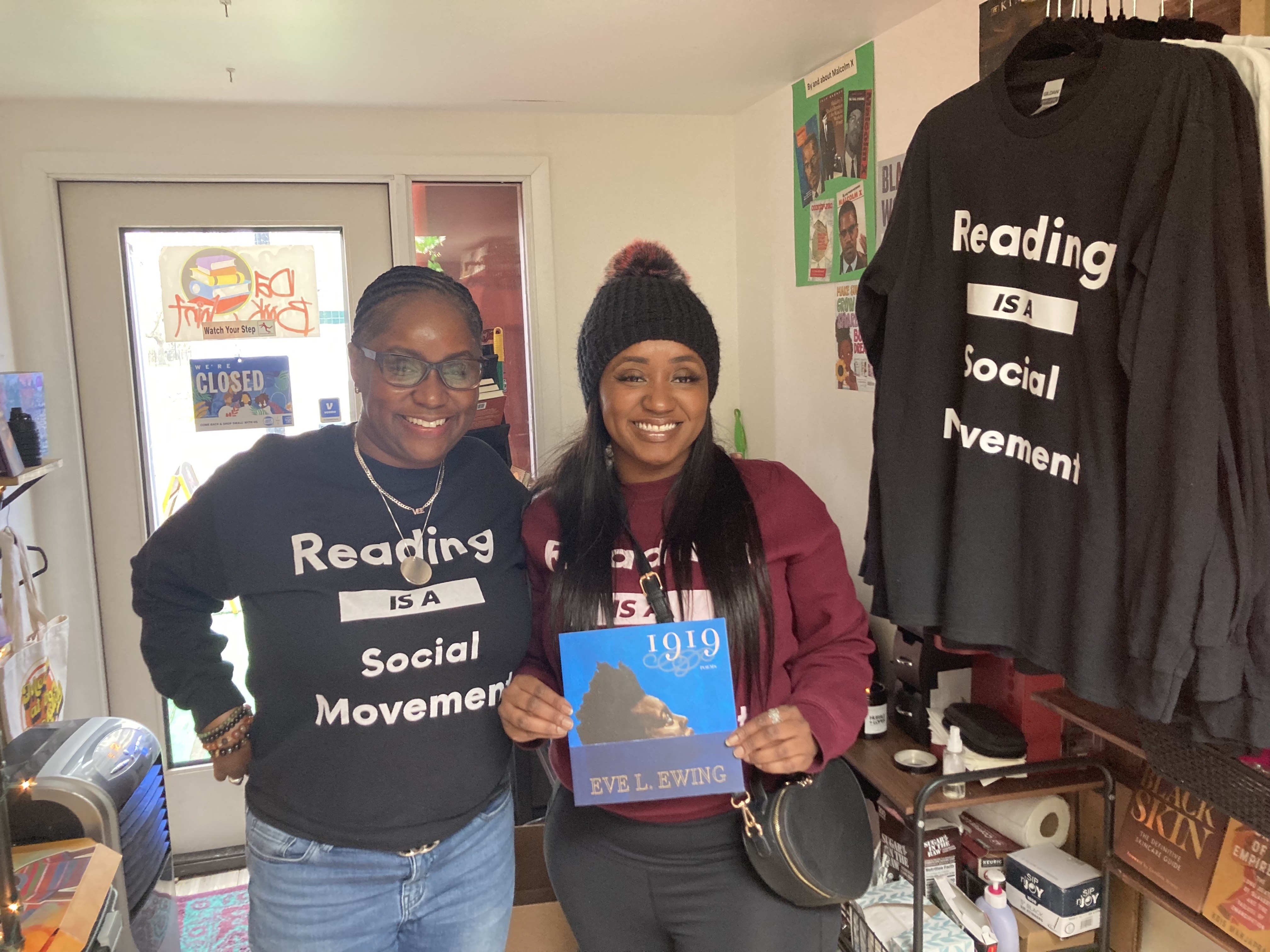
Indie Bookstore Day 2024
Saturday, April 27, 2024
All Day
Indie Bookstore Day is a national celebration in which Chicago plays a starting role. Our city, with its many thriving independent bookstores, offers discounts, giveaways, contests, special offerings, and treats throughout the day. Stay tuned for a complete list of participating bookstores.
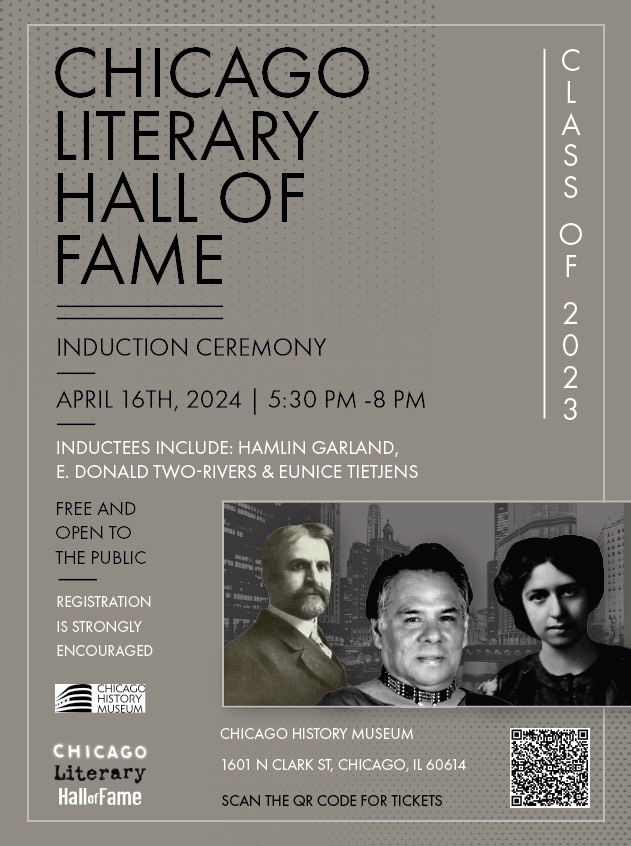
Chicago Literary Hall of Fame Induction Ceremony 2024
Tuesday, April 16, 2024
5:30-8 p.m.
Chicago History Museum
1601 N. Clark Street
Chicago, IL 60614
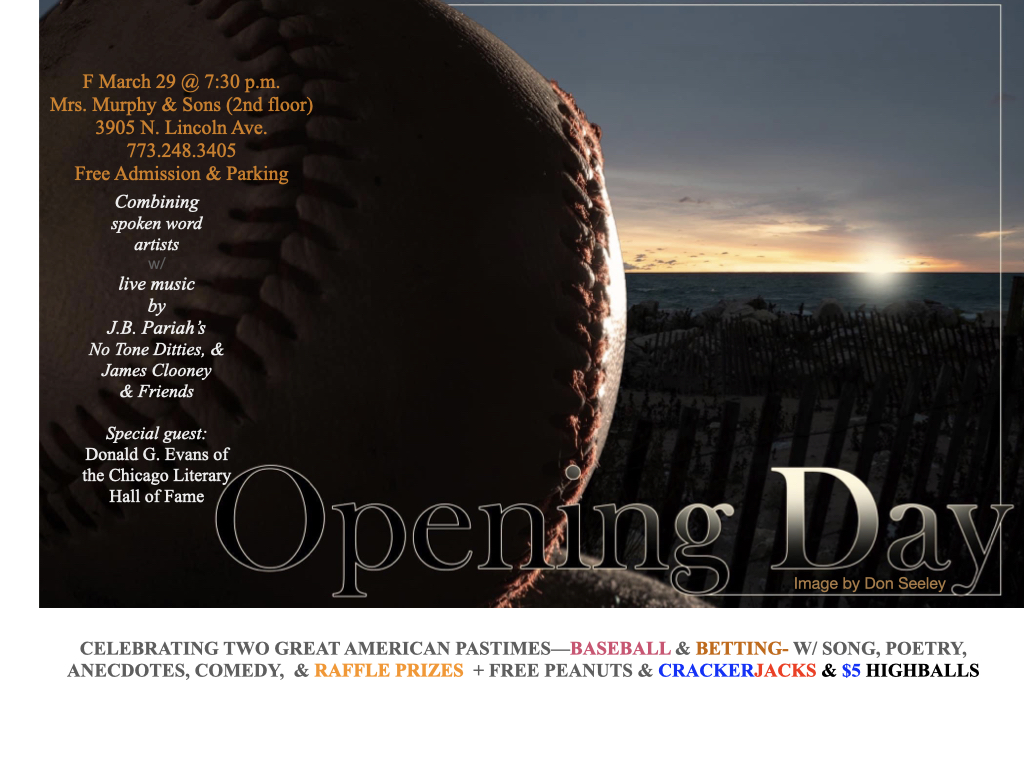
Opening Day Themefest
Friday, March 29, 2024
7:30 p.m.
Mrs. Murphy & Sons (2nd Floor)
3905 N. Lincoln Avenue
Chicago, IL
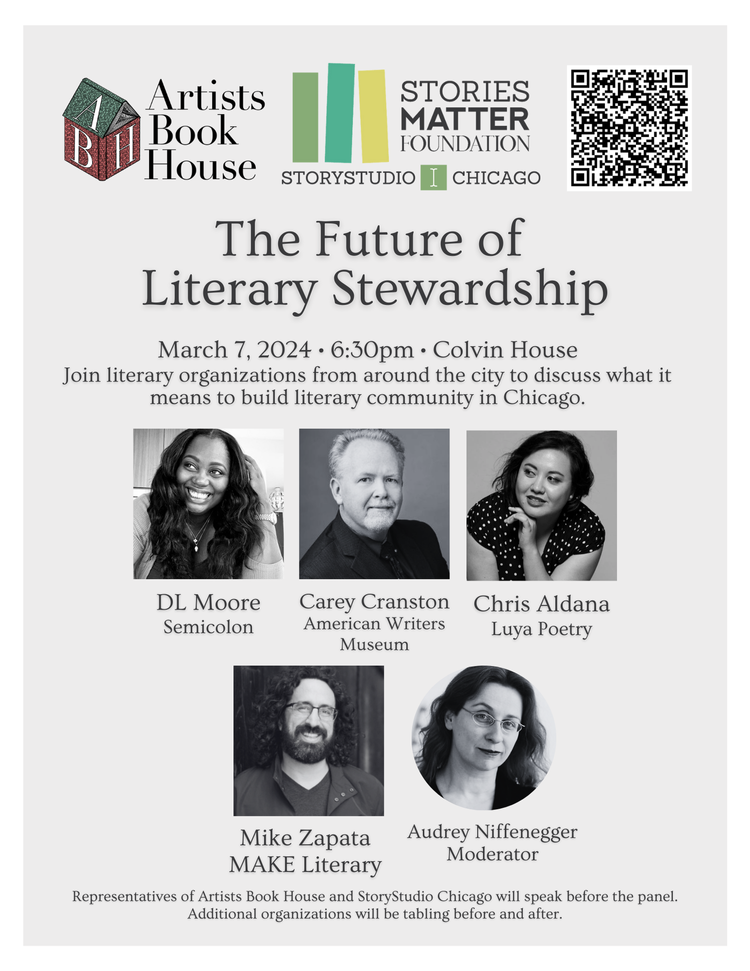
The Future of Literary Stewardship
Thursday, March 7, 2024
6:30 PM
Colvin House
5940 N. Sheridan Road
Chicago, IL
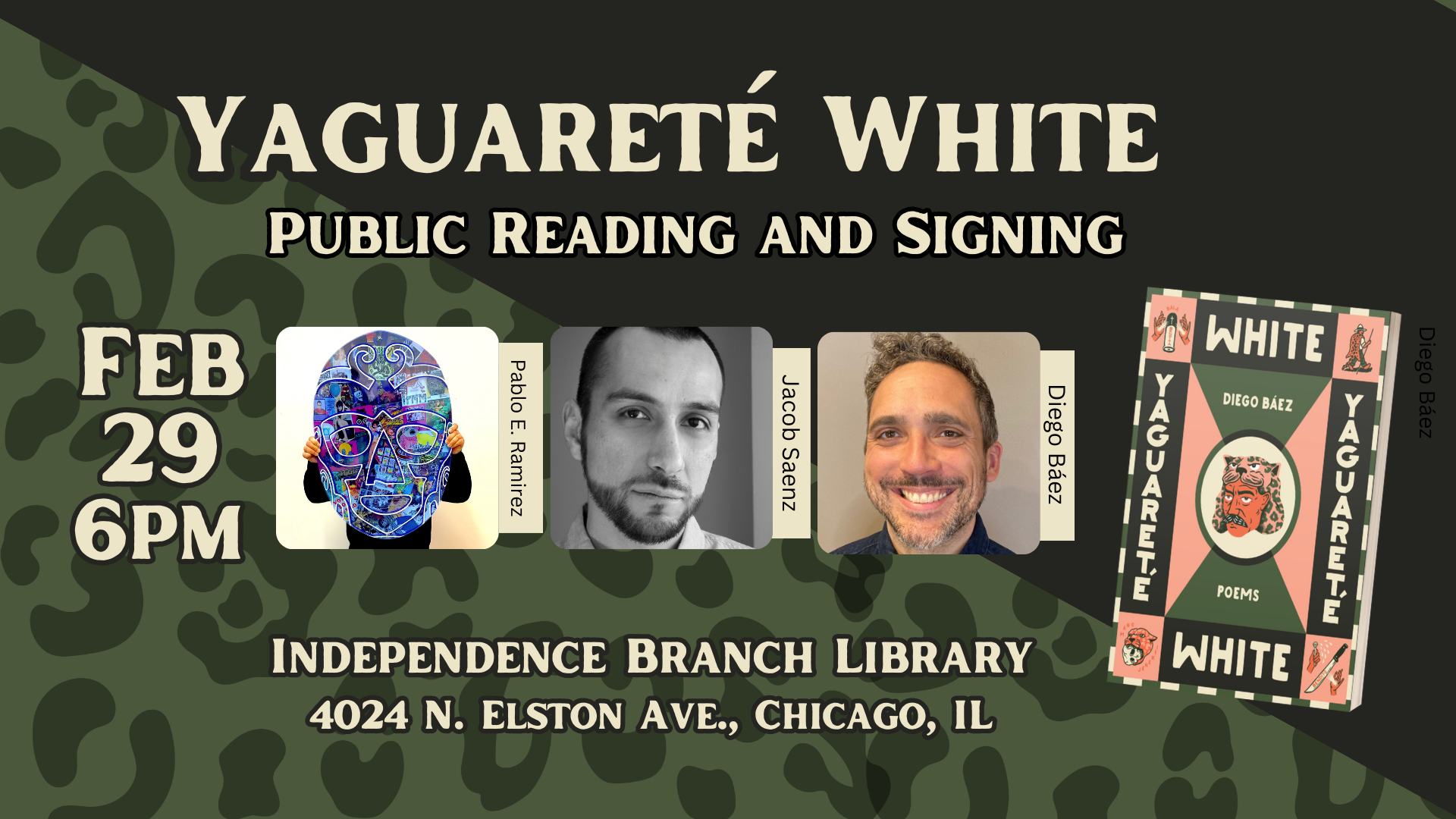
Diego Báez, Jacob Saenz, and Pablo E. Ramirez: Public Reading and Signing
Thursday, February 29, 2024
6 p.m. Central Time
Independence Branch, Chicago Public Library
Meeting Room
4024 N. Elston Ave.
Chicago, IL 60618
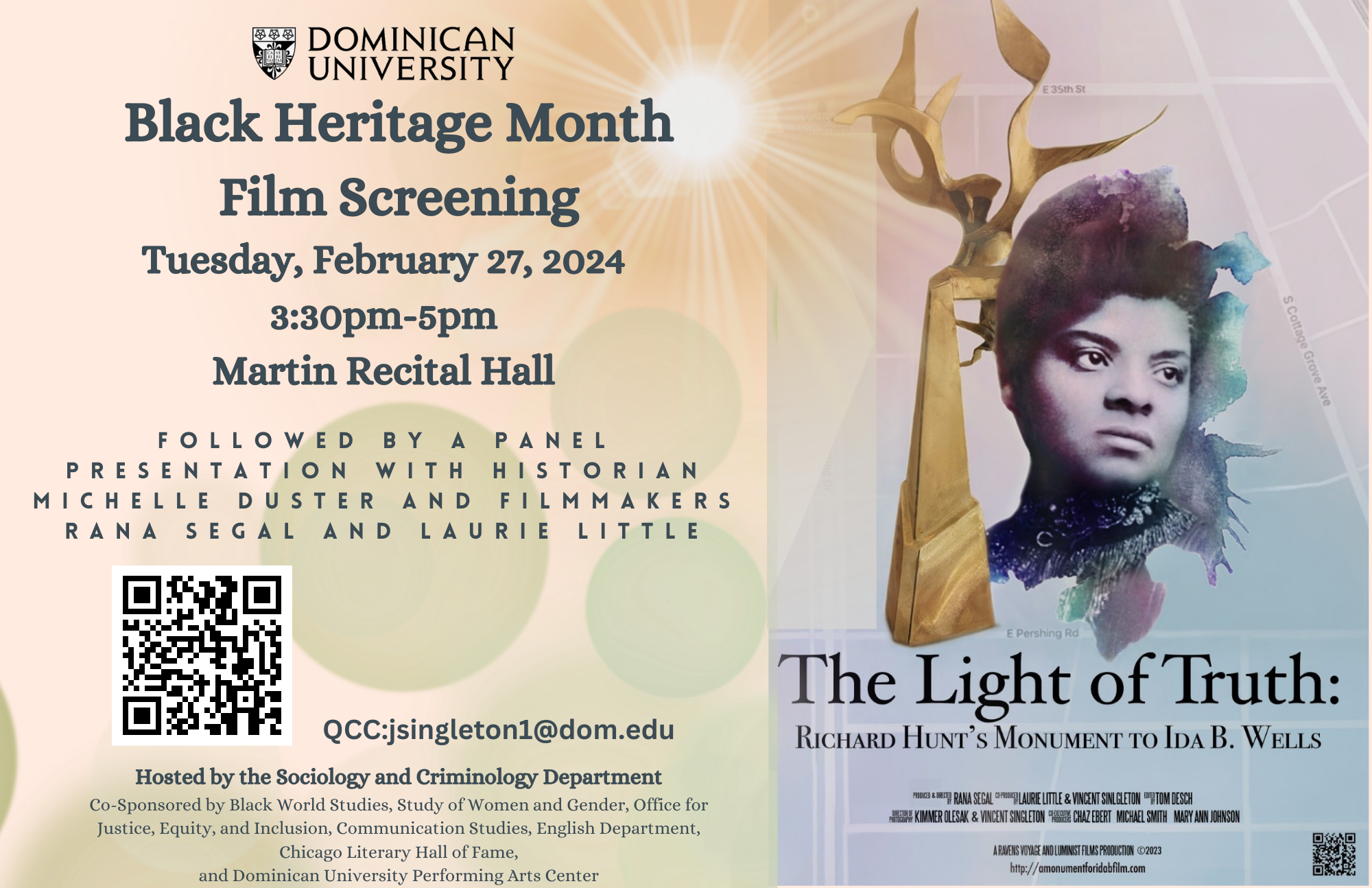
The Light of Truth: Film Screening and Panel Discussion
Tuesday, February 27, 2024
3:30-5:30 p.m.
Dominican University
Martin Recital Hall (located in the Fine Arts Building)
7900 W. Division
River Forest, IL 60305
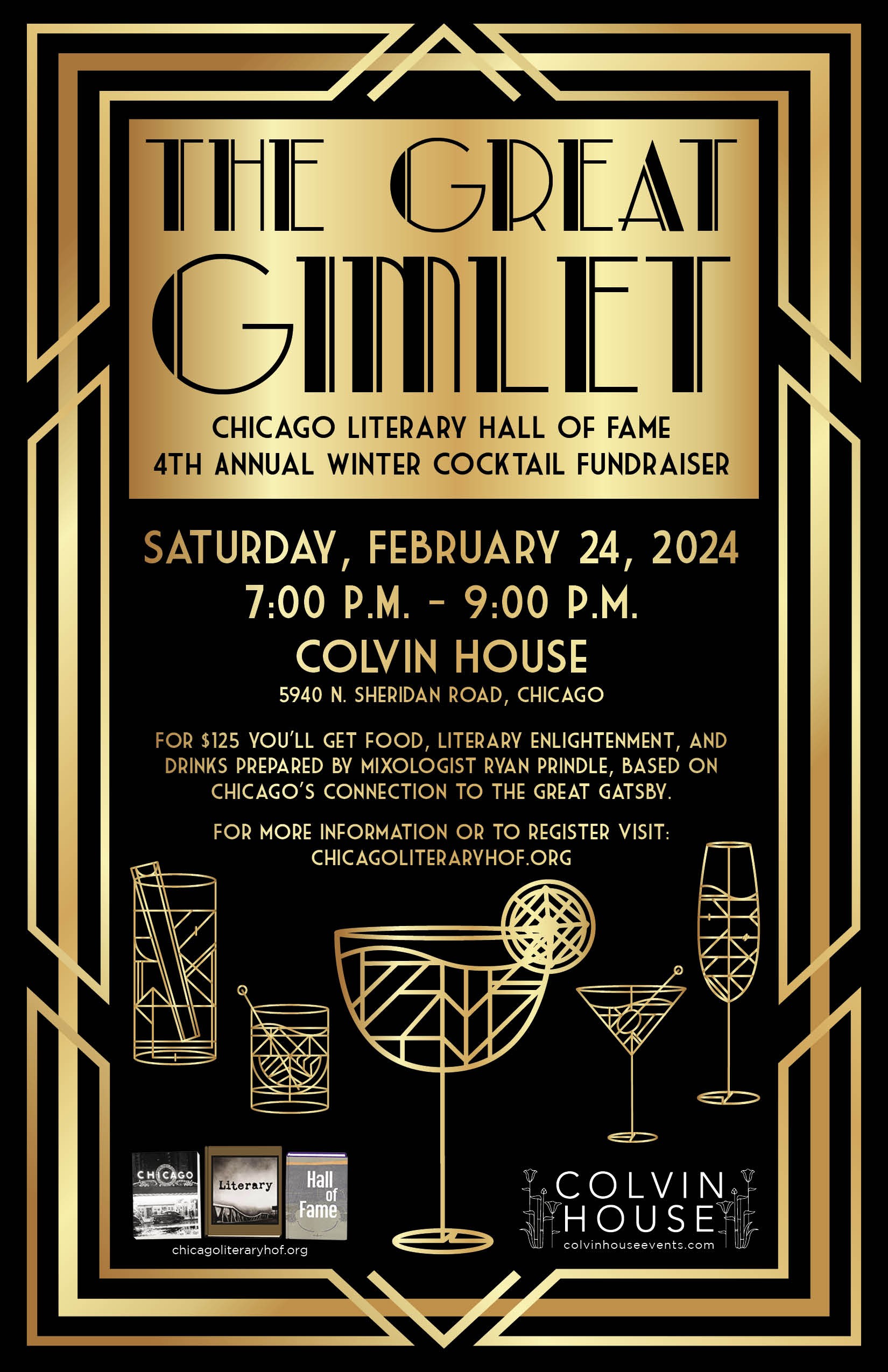
The Great Gimlet
Saturday, February 24, 2024
7-9 p.m.
Colvin House
5940 N. Sheridan Road
Chicago, IL 60660
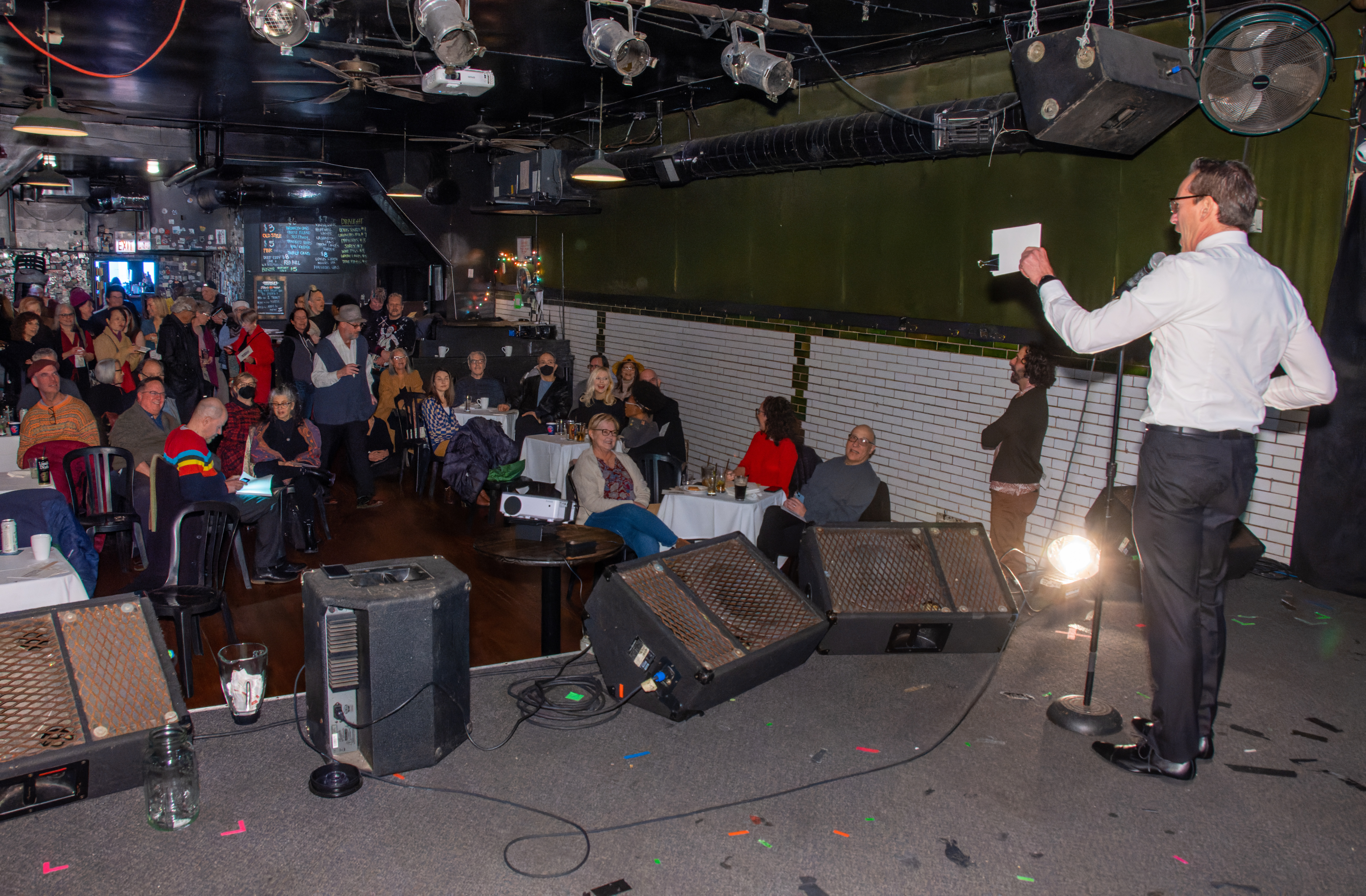
Chicago Literary Hall of Fame Year-End Fundraiser Party
Saturday, December 2, 2023
1:30-3:30 p.m.
Beat Kitchen in Roscoe Village
2100 West Belmont Avenue
Chicago, IL
Cover: $20
Literary Chicago
Sign up for CLHoF Announcements
Chicago Literary Hall of Fame
Email: Don Evans
4043 N. Ravenswood Ave., #222
Chicago, IL 60613
773.414.2603
